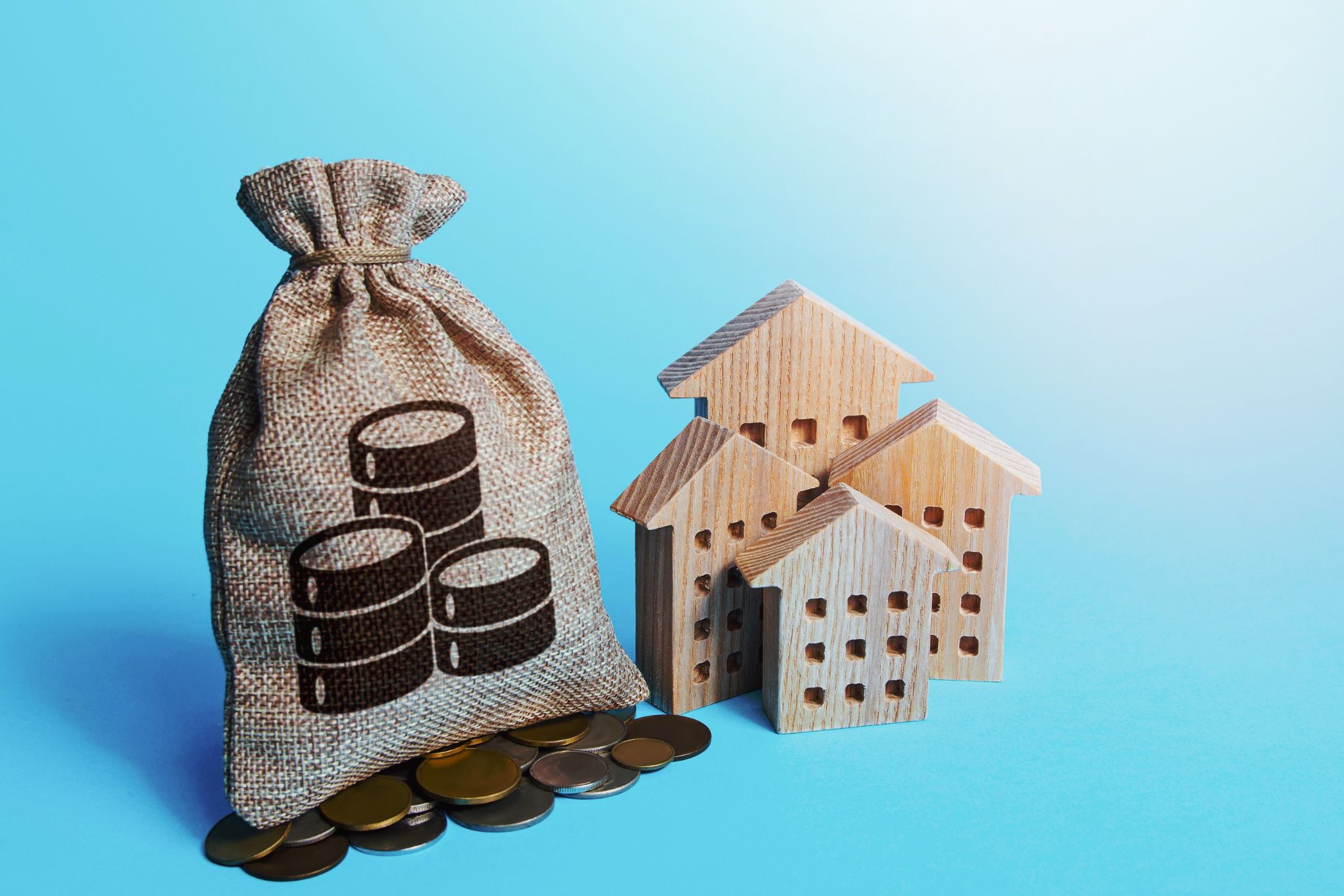Core properties, core-plus properties, value-add real estate and opportunistic real estate.
Four of the most famous real estate investment strategies that people take into consideration when venturing out into the field. While the risk levels, expected returns and capital growth of these sectors vary and often fluctuate, in recent years, even amidst the unstable climate in the real estate sector, the implementation of value-add strategies has witnessed a surge in the private real estate sector.
This is mainly because of the perennial problem of ageing, under-rented or under-utilised offices. Major markets in the US, Europe and Asia are in a predicament due to this. Thus, in 2023, strategies aimed at enhancing the value of properties will remain prominent. These strategies involve upgrading older office buildings to meet environmentally friendly standards and repurposing assets with significant vacancies into alternative uses like life sciences, residential properties, and hotels.
Nevertheless, investors will continue to grapple with a hefty challenge in the form of the substantial costs associated with construction and renovation, while they also seek opportunities for higher returns on their investments.
What is value-add property?
Value-add real estate, also referred to as value-oriented real estate, encompasses commercial properties that already generate income but offer substantial room for improvement through operational enhancements, repositioning in the market, or redevelopment efforts. The fundamental strategy behind value-add real estate investments is to increase a property’s income while concurrently witnessing an appreciation in the property’s overall value.
Value-add real estate is particularly attractive because it generates income and holds significant potential for enhancements. It represents a moderately risky approach for commercial real estate (CRE) investors seeking both steady income and the growth of their property’s value over time. When investors select the right properties, value-add real estate has the ability to deliver consistent and enduring income streams.

Interestingly, value-add properties can also appear in various forms, ranging from residential, commercial, and industrial real estate. These properties are generally known for exhibiting specific aspects that warrant a little bit of tinkering for improvement, such as their physical state, location, outdated aesthetics and suboptimal management. The primary objective when investing in value-add properties is to capitalise on these inherent opportunities. This entails enhancing the property’s income, enticing higher-quality tenants, and, as a result, elevating its overall market worth.
Value-add strategies
The most common value-add strategy which functions as the go-to by many value-add investors (the name that a lot of real estate firms go by currently) is renovating and upgrading. However, one size does not fit all. Therefore, the effectiveness of value-adding strategies for operators in this market hinges on the unique characteristics of each property and the prevailing conditions in the market. Certain amenities or improvements may yield positive results for some properties but not for others. A seasoned operator possesses the knowledge of market dynamics and can foresee the areas where it’s most advantageous to allocate capital, ultimately leading to an uptick in Net Operating Income (NOI).
One of the most important aspects of value-add strategies is renovating and upgrading the property in question. If we consider renovating a multi-family property as an example, enhancing a property consists of various upgrades such as modernising kitchens and bathrooms, replacing flooring or appliances, and introducing new facilities such as fitness centres or pools. By improving the overall quality of rental units, property owners have the opportunity to raise rental prices and draw in more desirable tenants. This, in turn, leads to increased cash flow and a boost in the property’s overall value.
A strategy as equally important as renovating and upgrading is that of repositioning. At times, the full strength of a property’s location or its position in the market might be underutilised or undiscovered. Investors focusing on value-add opportunities might explore repositioning the property to better align with the needs of their target market or leverage changing dynamics in the surrounding neighbourhood.
Furthermore, improving operational efficiency plays a vital role in value-add approaches. This involves adopting more effective property management methods, simplifying maintenance processes, and fine-tuning cost management, all of which result in enhanced cash flow and overall performance improvement. Effective value-add strategies often demand hands-on management and active involvement to oversee renovations, refine market positioning, and nurture positive tenant relationships.

However, none of this will matter if the strategies do not prioritise improving the tenant’s experience. This does not imply that one has to be at the beck and call of the tenant, but it means that it is important to provide better customer service, deal with the tenant’s concerns promptly, and design a living or working environment that the tenant desires.
If done right and with care, value-add properties offer the prospect of an increased rental income or operating income. This could involve optimising rental rates, introducing new sources of revenue, or filling vacant units. Investing in value-add properties carries both inherent risks and the scope for notable rewards. Investors must be prepared to invest in necessary improvements while carefully evaluating the potential for boosted cash flow and property appreciation.
Things to watch out for when value-adding
Value-adding is not without its risks. Unanticipated economic downturns can alter market dynamics in unprecedented ways, making it challenging to sustain the anticipated returns on investment and causing a decrease in its overall value.
Excessive borrowing, known as over-leveraging, poses another risk, as investors may find themselves in a situation where they need to take on more debt than usual to execute a value-add strategy. This heightened debt exposure can lead to increased risk if not carefully managed.
There are also tenant-related risks, such as tenant defaults or failure to meet rent obligations, which can create obstacles for value-add investors in recovering their initial expenditures or achieving a profitable return on their investment.
Even amidst such warning signs, what makes investing in value-add properties tempting is that the primary benefit it offers is the promise of an elevation in ROI compared to core or core-plus properties. In essence, the value-add approach presents an individual or a group of investors with expertise in real estate a noteworthy chance to improve their returns compared to projects that lack a value-add component, which is why value-add properties continue to pick traction.
(Sandunlekha Ekanayake)
